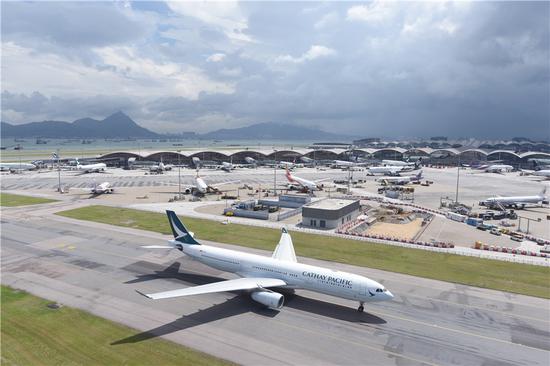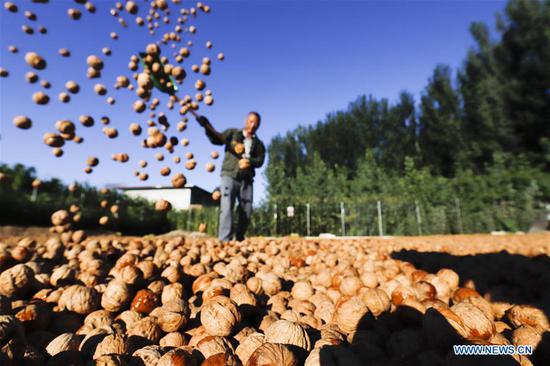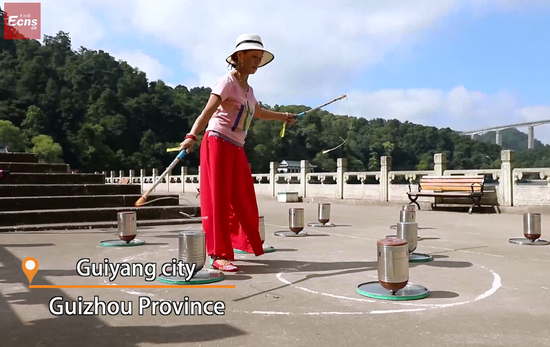Around 800,000 people commit suicide every year, the United Nations health agency has warned, saying taking own life was the second leading cause of death among people aged 15-29 in 2016.
To commemorate the World Suicide Prevention Day, marked on 10 September, the World Health Organisation (WHO) in collaboration with the Mental Health Commission of Canada launched a toolkit to help communities to prevent suicides.
The toolkit outlines ways to prevent such deaths, one of which is knowledge of the most commonly used methods, and restrictions of access to these methods. Other examples include policies to limit alcohol and drug abuse, effective mental health care, and follow-up care for attempted suicide cases.
The document explains that, together with the health sector, other sectors in society need to be involved in preventing suicide, including education, labour, agriculture and the media.
According to WHO, the method used for 20 per cent of global suicides is pesticide self-poisoning, most of which occurred in rural agricultural areas in low and middle-income countries. Other common methods of suicide are hanging and firearms.
The agency also called for the inclusion of suicide prevention as a health priority in all countries, to enable those who have attempted suicide get the help they need.


















































